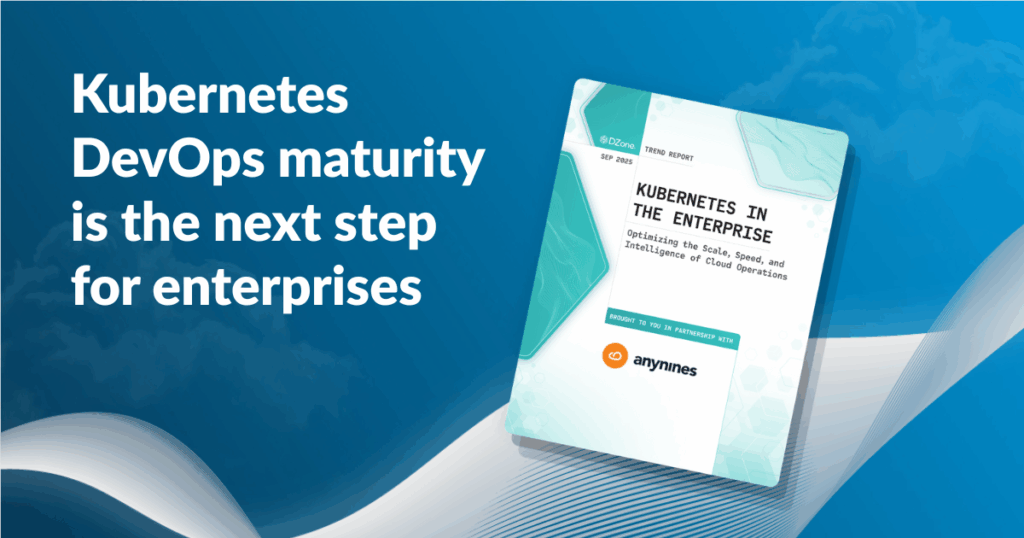Cloud monitoring involves continuously tracking and managing the performance, availability, and health of cloud resources and applications. This includes monitoring various resource metrics such as CPU usage, memory allocation, disk I/O, and network traffic for virtual machines, containers, databases, and other cloud services. Application monitoring focuses on metrics like response times, error rates, and throughput to ensure optimal performance of applications running in the cloud. Additionally, infrastructure monitoring oversees components provided by the cloud service provider (CSP), including load balancers, storage services, and managed databases.
Observability automation extends monitoring by emphasizing the understanding of internal system states through telemetry data, which includes metrics, logs, and traces. Automation in observability involves automating data collection from diverse sources, such as metrics from monitoring tools, logs generated by applications, and distributed traces. By correlating data across these different telemetry types, automation provides a unified view of system behavior and performance.
Leveraging cloud monitoring and observability automation ensures performance, reliability, and scalability of cloud-based applications and infrastructure. It enhances operational efficiency and strengthens the overall resilience and responsiveness of cloud environments to meet the evolving demands of modern enterprises.
Let’s have a look at the key areas for automation, when it comes to monitoring clouds and increasing observability.
Infrastructure Monitoring Automation
Infrastructure monitoring automation is a critical component of maintaining efficient and secure IT operations in today’s complex cloud environments. It ensures that teams have real-time visibility into applications, services, and infrastructure, thereby preventing downtime, optimizing resource usage, and boosting overall productivity. Modern tools like IBM Instana leverage AI for automated monitoring, alerting, and remediation, providing crucial insights for proactive management.
The integration of AI and AIOps further enhances cloud observability by automating operations across multi-cloud environments. This approach improves issue resolution speed and promotes collaboration. Scalability is also a key benefit, with solutions emphasizing automation to manage expanding infrastructure effortlessly.
Advanced features such as automatic impact analysis and root-cause analysis ensure optimal performance and reliability. These capabilities empower organizations to swiftly address issues and maintain a superior user experience. Proactive monitoring strategies, including continuous performance trend analysis and comprehensive alert configurations, bolster IT resilience by identifying and resolving issues proactively.
Utilizing tools with automation capabilities enables the achievement of complete end-to-end observability across the full stack. Building on this, here are some further best practices when it comes to automated infrastructure monitoring:
- Configure Alerts: Set up comprehensive and prioritized alerts to avoid missing critical notifications.
- Custom Dashboards: Create role-specific dashboards to provide relevant insights to various teams within the organization.
- Regular Reviews and Test Runs: Regularly review metrics and perform test runs to ensure monitoring tools are functioning as expected and adapting to evolving business needs.
Application Monitoring Automation
Developers often create or purchase application monitoring automation solutions to regularly assess application response times from various global locations, ensuring high availability. Some solutions conduct simple endpoint checks periodically. More advanced monitoring tools may require authentication and navigation through multiple dialogues, since they access user interfaces and web forms, enter login data, and check results.
Agent-based and synthetic monitoring tools offer additional monitoring options. Agent-based systems involve installing agents to evaluate code intricacies, server performance, or user behaviors. In contrast, synthetic monitoring does not require agent installation. Instead it simulates user traffic to confirm proper application or website functionality.
Automated software monitoring plays a crucial role in enhancing the software development lifecycle by reducing the time required for processes such as operational monitoring, error detection, and performance optimization. Implementing automated monitoring makes software less vulnerable to bugs and more reliable, as most issues are detected by monitoring tools before users encounter them, and thereby improves customer retention and profitability.
Here are further business impacts of adopting an automated monitoring solution:
Predicting Future Issues
A significant advantage is the ability to anticipate potential problems within your application, enabling proactive resolution before customers submit tickets or experience downtime that might lead them to abandon the application.
Secure Data Backups
An important benefit of using automated monitoring applications is ensuring consistent network and data backups in the event of failures or data loss. For example, if a server fails, having automated backups allows for quick recovery, minimizing downtime.
Regular Error Reporting
Another valuable feature of automated application monitoring is the frequent reporting of all bugs and issues. Many APM/IT monitoring products with robust reporting capabilities automate the creation and distribution of reports, eliminating the need for manual intervention.
Additional benefits include real-time tracking of the deployment status and the facilitation of frequent deployments.
Automated Anomaly Detection and Incident Response
Automated anomaly detection and incident response systems are designed to detect, analyze, and mitigate security incidents without human intervention. These systems monitor normal behavior within a network, flagging deviations as potential anomalies, and springing into action to isolate affected systems and block malicious activities within seconds. The speed and precision of such real-time defenses are unmatched, ensuring swift protection against emerging threats.
Behavioral anomalies, such as unusual user activity, and network anomalies, like unexpected data transfer spikes, are detected to identify potential threats. Without such automated systems, businesses face risks such as slow threat response, security monitoring gaps, and resource mismanagement.
The benefits of automated anomaly detection and incident response include:
- Real-Time Threat Detection and Analysis: Systems continuously monitor activities to identify and analyze threats using algorithms and machine learning.
- Mitigation and Isolation: Immediate actions to neutralize threats, such as isolating affected systems.
- Machine Learning: Systems improve over time by learning from past incidents.
- Integration and Scalability: Seamless integration with other cybersecurity technologies and scalability to handle increased workloads.
- Human Risk Reduction: Automation of routine tasks allows IT departments to focus on complex cybersecurity aspects.
Predictive Monitoring & Machine Learning for Automation
In the realm of cloud observability, predictive monitoring powered by machine learning emerges as a pivotal advancement. Machine learning technologies enable automated systems to not only monitor but also predict and prevent potential issues before they disrupt operations.
Predictive Maintenance
Machine learning algorithms analyze historical data to predict when equipment or systems are likely to fail. This proactive approach allows businesses to schedule maintenance preemptively, minimizing downtime and optimizing resource allocation. For instance, in cloud environments, predictive maintenance can forecast server failures or network bottlenecks based on past performance metrics.
Anomaly Detection
Leveraging machine learning for anomaly detection enhances the ability to identify unusual patterns in data that may signify impending problems. By continuously monitoring metrics such as CPU usage, network traffic, and application response times, automated systems can swiftly flag anomalies like sudden spikes in traffic or abnormal resource consumption. This capability enables prompt investigation and resolution before issues escalate, maintaining system reliability and performance.
Process Optimization
Machine learning algorithms not only detect anomalies but also optimize operational processes within automated systems. By analyzing data patterns and performance metrics, businesses can streamline workflows, improve resource utilization, and enhance overall efficiency. For example, in cloud environments that handle vast amounts of data, machine learning can optimize data processing pipelines, reducing latency and enhancing throughput.
Root Cause Analysis
When issues do arise, machine learning facilitates root cause analysis by tracing back through historical data to identify the underlying factors contributing to a problem. By understanding the root causes, businesses can implement targeted solutions to prevent recurrence. This iterative improvement process strengthens system resilience and reliability over time.
The automation of cloud monitoring and observability marks a pivotal advancement in how we manage and optimize digital ecosystems. By leveraging sophisticated tools and methodologies across infrastructure and application layers, organizations can achieve unprecedented levels of efficiency, reliability, and resilience.








